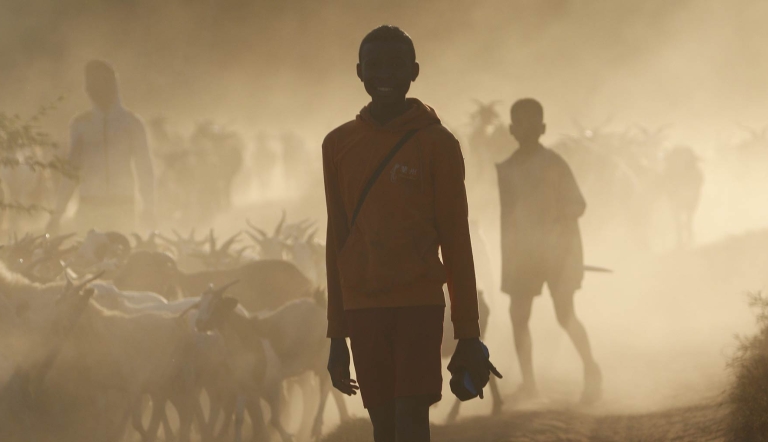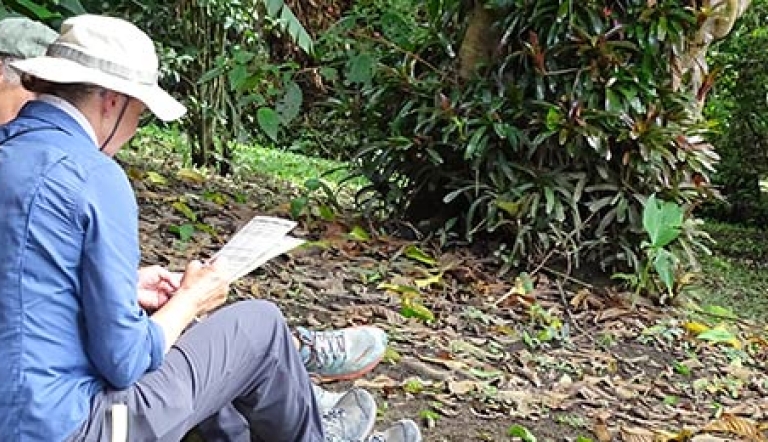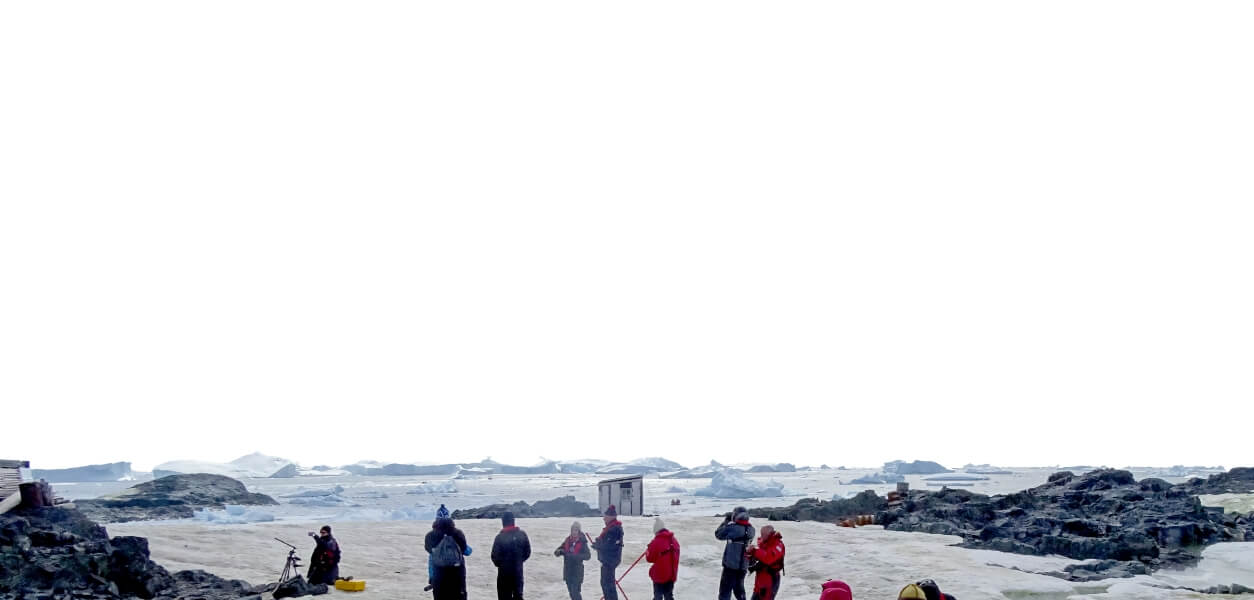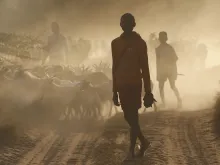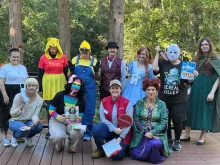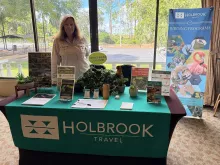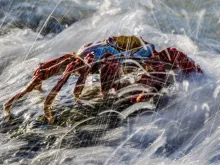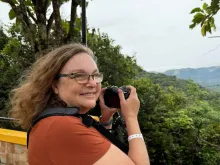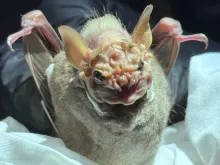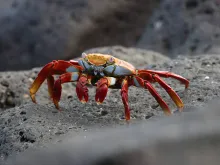Read part 1 of this story.
Stephanie Kowacz, chief operating officer of Holbrook Travel, experienced this volunteer opportunity first-hand with WIDECAST, the Wider Caribbean Sea Turtle Conservation Network, another not-for-profit organization that offers eco-volunteer trips.
It was awe-inspiring and one of the most rewarding experiences she has ever had the opportunity to be a part of, she said. The undertaking was hard work but worth every minute.
“That first glimpse of those monstrous creatures is magical,” she said.
Kowacz explained that they had to be trained in a classroom before going out to interact with the sea turtles. They learned how to record data during nightly walks down the shores of Moin, Costa Rica, in search of nesting females. Participants were also taught how to tag flippers and collect eggs and blood samples.
Fieldwork training on the beach came next. Kowacz learned how to properly measure the carapace on a fake sea turtle constructed from sand. She was instructed to perform the measurements three times to ensure accuracy. They were told never to walk over a turtle or near its head, but to always approach it from behind.
Participants then learned how to build a flask-shaped chamber in the sand for the sea turtle to lay her eggs. They would be taken and relocated to an area down the beach or taken to the hatchery, away from the obvious tracks left by the mother.
When training was complete, it was time to get into the action on nightly turtle patrols. The patrols are three-hour shifts starting at midnight in which volunteers walk along the debris-covered beach near the shoreline looking for nesting females.
Participants had to wear dark clothing. No flashlights, bug spray or cell phones were permitted. The only light was a red beam light that doesn’t disturb or distract the sea turtles.
“They want to keep the operation as non-invasive as possible so they can avoid causing stress to the turtles,” Kowacz said.
When a turtle is spotted, she said, measurements are taken and recorded. In all, 17-24 pieces of data are recorded and added to the database. The project manager determines whether or not the eggs should be relocated. If so, they decide whether they will be taken to the hatchery or to an alternate spot.
“The poaching rates are still very high in Moin, about 90 percent,” Kowacz said. “The eggs need to be moved to save the hatchlings’ lives.”
They collect the eggs by placing a bag under the female in the flask-shaped chamber constructed as she lays the eggs.
“This has a very distinct sound,” Carr said. “It sounds like rubber balls falling into a hole. It is partnered with the sound of sand be swished around by the mother trying to cover the nest.”
Kowacz said the hatchery is a 24-hour-a-day, seven-day-a-week endeavor. The hatchlings are monitored closely. They are protected from larvae infestations, with temperature measurements taken every six hours. A few hatchlings from each nest are measured when they emerge to analyze the turtles’ progress, Kowacz said.
“It is amazing to think that one day these female hatchlings will return to this beach after traveling all over the world to create a nest of their own,” she said.
Eco-volunteers like Kowacz, organizations such as WIDECAST and the Sea Turtle Conservancy help save the endangered sea turtle population. They work to educate people on the importance of conservation, continuing Archie Carr’s mission to conserve and educate.
“It is so rewarding to know that I can go for a week and make a difference,” Kowacz said. “The researchers really appreciate the people who come out and volunteer. These organizations need all the help they can get.”
By giving a week of vacation time in volunteer work, people can help an endangered species.
“I really enjoyed seeing young people from all over the world working at the WIDECAST site in Moin,” Kowacz said. “They are really gung-ho. It is neat to see them so committed to conservation.”
An experience like this gives participants a chance to be part of something bigger than them. Eco-volunteer tourism helps change the world one vacation at a time.
“This will change your life,” Carr said. “From the scent of coffee wafting in from a local village to the scent of the ocean and the work you are doing, there is something special you will haul away from it all. I know it well.”
Up Next...
Learning, Connecting, and Birdwatching at the Belize Birding Festival
Guest post by Holbrook Ambassador Debbie JordanEarlier this month, I was honored to represent Holbrook as the keynote speaker at the fifth annual Belize Birding Festival. Way down in the southeast co
Photo of the Month: November 2025
Above: On the way to see baobab trees at sunset on the red dirt roads in the bush of Madagascar, we stopped as the young goat herders crossed directly in front of us, looking like majestic figures in the sunlit, dusty glow. It felt like the scene of a movie, and this photo captured the feeling of that moment perfectly.
eBird Trip Reports: South Africa
Want to know which species other Holbrook travelers have seen on their birding trips to South Africa? Check out these eBird trip reports shared by past groups to see their checklists and get an idea of what you might encounter on your own birding expedition.


